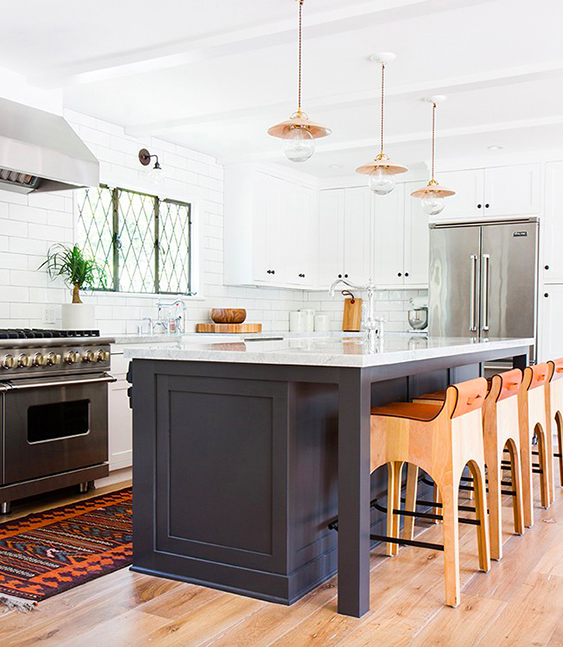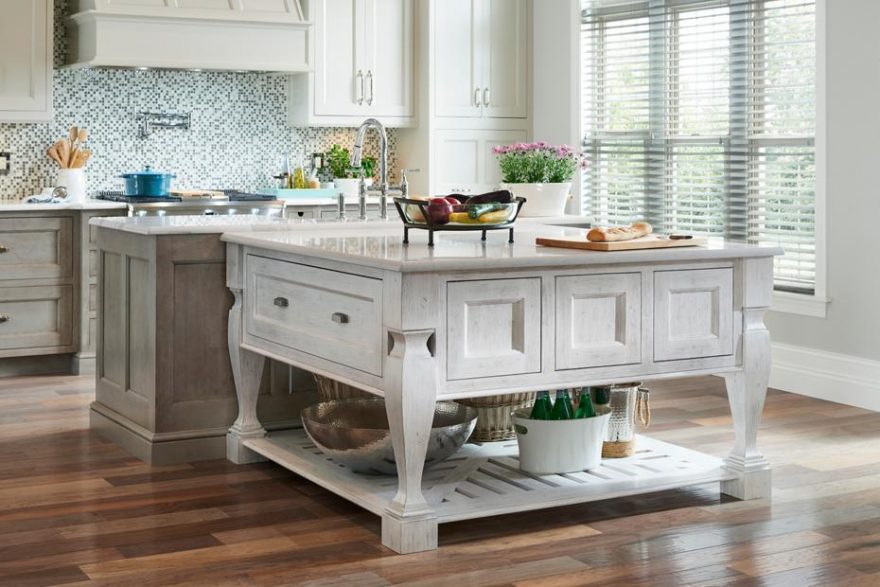A Guide to Selecting the Perfect Legs For Cooking Area Island for Your Home
Choosing the ideal legs for your cooking area island is a nuanced choice that impacts both the functionality and visual appeal of this main room. As you take into consideration these components, it ends up being apparent that the best legs can transform not just the appearance of your kitchen area however also its usability for years to come.

Recognizing Kitchen Island Legs
When picking legs for a kitchen island, it's important to comprehend their visual and useful roles in the general layout. The legs act as a critical support system, making sure stability and sturdiness for the island, which often works as a work space, dining area, or gathering area. The option of material and building and construction strategy must be robust sufficient to stand up to day-to-day use and prospective wear.
Along with their architectural responsibilities, legs contribute significantly to the island's visual appeal. They can enhance the kitchen's style, whether through traditional, modern, or diverse designs. The elevation and percentage of the legs are also crucial considerations; they should balance with the island's counter top height while making sure comfortable seating for those utilizing the area.
Furthermore, the leg style can influence the overall flow of the cooking area. Open, ventilated leg designs can produce a sense of lightness, while strong, substantial legs might share an extra based and steady aesthetic - Legs For Kitchen Island. Understanding these visual and practical aspects will lead home owners in making educated options that complement their kitchen's layout and boost its functionality
Popular Styles and Materials
The selection of legs for a cooking area island incorporates a range of popular designs and materials, each offering distinct characteristics that can boost both performance and aesthetics. Amongst one of the most popular designs are contemporary, rustic, and traditional. Contemporary legs often feature smooth, minimal styles that stress simpleness and tidy lines, making them excellent for contemporary kitchens. Rustic designs, on the various other hand, accept all-natural aspects and frequently display reclaimed timber or distressed surfaces, including warmth and beauty to the space. Typical legs usually show elaborate information and craftsmanship, improving timeless kitchen layouts.

Elevation and Stability Considerations

The legs of the kitchen area island need to provide appropriate assistance, guaranteeing that the structure can endure everyday usage without moving or tottering. Product option plays a significant function in stability; steel legs, for instance, often tend to supply greater toughness contrasted to timber.
Matching Your Cooking Area Aesthetic
Selecting the ideal legs for your kitchen island goes beyond functionality; it likewise plays a significant role in the general aesthetic of the area (Legs For Kitchen Island). When choosing legs, think about the layout style of your kitchen.
Legs that enhance or comparison with your island's surface and bordering kitchen cabinetry can produce visual harmony or striking focal points. In addition, take into consideration the surface of the legs; matte, shiny, or distinctive finishes can significantly impact the total feeling of the kitchen.
Installation and Upkeep Tips
Setting up kitchen island legs calls for mindful interest to find out this here information to make sure both security and aesthetic appeal. Begin by selecting an appropriate area for your island, ensuring it is degree and has enough space for activity. Use a stud finder to find wall studs if you are attaching the legs to a wall surface or utilizing brackets for included assistance. Mark the positioning of the legs properly before exploration.
When securing the legs, utilize high-grade screws and, if needed, wood adhesive for extra toughness. For metal legs, make certain that visit the website you are using suitable supports and tools to stop damage to your flooring. It is recommended to inspect for levelness after setup, making modifications as required to stay clear of tottering.
Upkeep is similarly vital for durability - Legs For Kitchen Island. Routinely examine the legs for any indicators of wear or loosening, especially in high-traffic areas. Tidy the legs with a suitable cleaner, avoiding abrasive products that may scratch the surface. For wood legs, consider using a wood conditioner periodically to keep their surface. By adhering to these setup and maintenance pointers, you can make certain that your kitchen island legs stay both aesthetically attractive and useful.
Conclusion
In conclusion, selecting the ideal legs for a cooking area island demands mindful factor to consider of elevation, security, and aesthetic compatibility. Eventually, thoughtful leg choice plays an important duty in elevating both the usefulness and design of the kitchen area room.
When choosing legs for a kitchen area island, it's necessary to recognize their functional and aesthetic duties in the total design. Open, ventilated leg styles can create a sense of lightness, while solid, considerable legs may share an extra grounded and steady aesthetic. The legs of the kitchen area island need to supply ample support, ensuring that the framework can endure everyday usage without changing or tottering.Setting up kitchen island legs needs mindful focus to information to make certain both stability and aesthetic allure.In final thought, selecting the appropriate legs for a cooking area island demands mindful consideration of elevation, stability, and visual compatibility.